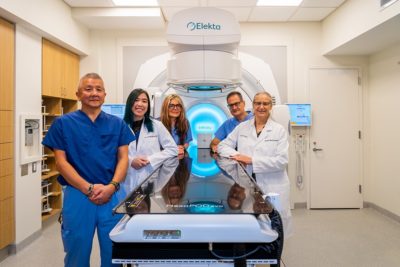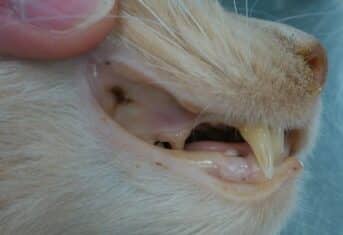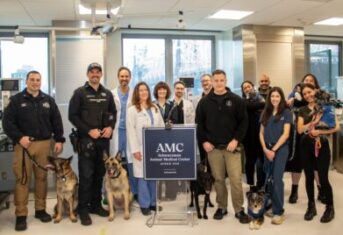How Veterinary Oncology has Changed in the Last 40 Years

How Veterinary Oncology has Changed in the Last 40 Years
November is Pet Cancer Awareness Month. To help raise awareness about veterinary oncology, I am devoting all my November blogposts to the topic. Today’s post will take a look at the incredible progress made in veterinary oncology over the last 40 years.
The Origins of Veterinary Oncology
When I started down the pathway to becoming a veterinary oncologist, specialization in oncology was not even possible. If you wanted to be an animal cancer specialist, you obtained an internal medicine residency and focused on diagnosis and treatment of cancer patients. If you were interested in cancer surgery, you applied for a surgery residency and focused on techniques to remove tumors from dogs and cats. Those interested in using radiation to treat cancer became radiologists and developed skills to use radiation to treat pet cancer. In short veterinary oncology was a specialty within a specialty.
Adapting Human Cancer Treatments for Animals
In 1985, there were no chemotherapy drugs approved for use in veterinary patients. Veterinary oncologists had to adapt human drugs for use with their patients. Likewise, very few radiation therapy machines were available to treat cancer in pets. AMC’s first radiation machine was installed in the late 1980s. Veterinary oncologists would use human radiation therapy facilities on nights and weekends to treat their patients.
The Veterinary Oncology Specialty
Great progress has been made in the world of veterinary oncology since the 1980s. There are now nearly 600 board-certified oncologists since the oncology specialty was formally established in 1988. 115 veterinarians have achieved board certification in radiation oncology, and our newest oncology specialty is surgical oncology with 52 members. I am proud to say that nine of the 36 founding fellows of the surgical oncology specialty did some or all of their training at AMC. AMC has Senior Veterinarians specializing in medical, radiation and surgical oncology. Specialty certification in oncology has also blossomed in the European Union and, more recently, in Asia.
Improved Treatments for Pet Cancer
Improvements in diagnostic testing for cancer have advanced our ability to identify different forms of lymphoma, each with different treatments and outcomes. Slowly, but surely, cancer drugs for pets are coming to market. Today we have four veterinary-specific oncology medications: 2 approved drugs, a third drug with conditional approval, and a cancer vaccine to treat dogs with cancer. At AMC, we’ve just installed a brand new, state-of-the-art radiation therapy machine. This machine is the 4th generation of radiation therapy machines available at AMC – that’s a new machine every ten years. I will write more about this groundbreaking piece of equipment in a future blogpost.
The Future of Veterinary Oncology and How You Can Help
Despite these advancements, veterinary oncologists are always striving for new and better treatments for their pet patients. Areas of needed improvement in oncology care include: early detection tests to find cancer when it is most curable and well-defined biopsy criteria to give pet owners the most information possible about their pet’s prognosis. These improvements – and improvements in the outcomes of pets with cancer – will come only if oncology research is supported. You can do your part by entering your pet in any oncology clinical trial suggested by your veterinarian as a way to promote progress in veterinary oncology.

































